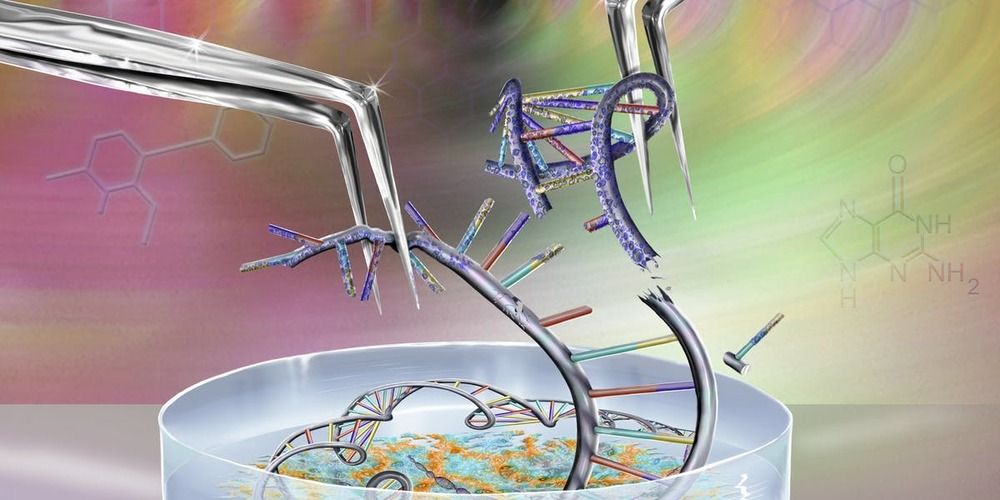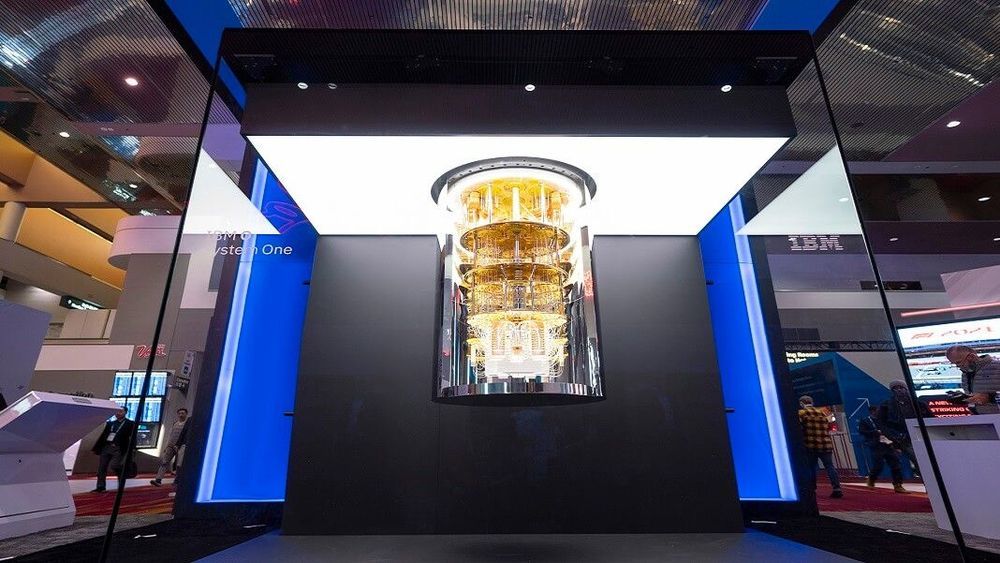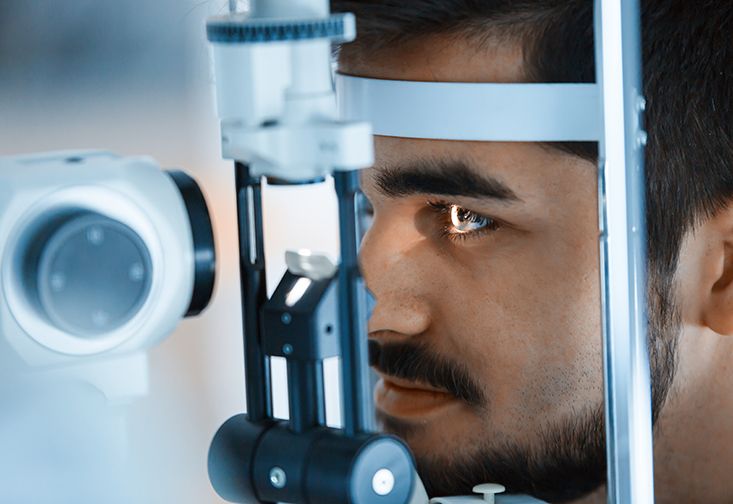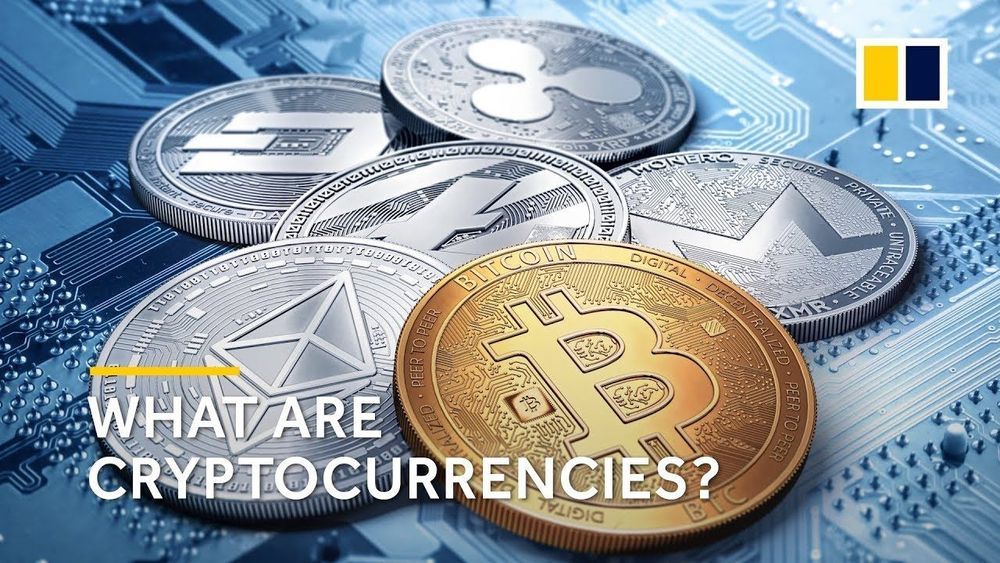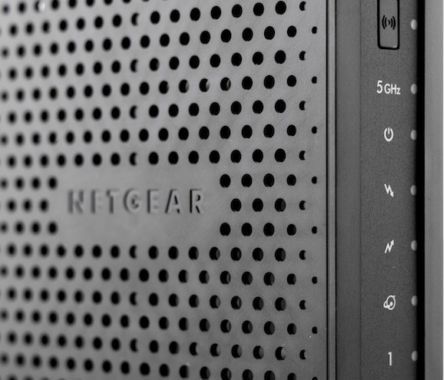Launching in late 2021, Lucy will be the first space mission to explore the Trojan asteroids. These are a population of small bodies that are left over from the formation of the solar system. They lead or follow Jupiter in their orbit around the Sun, and they may tell us about the origins of organic materials on Earth.
Lucy will fly by and carry out remote sensing on six different Trojan asteroids and will study surface geology, surface color and composition, asteroid interiors/bulk properties, and will look at the satellites and rings of the Trojans.


